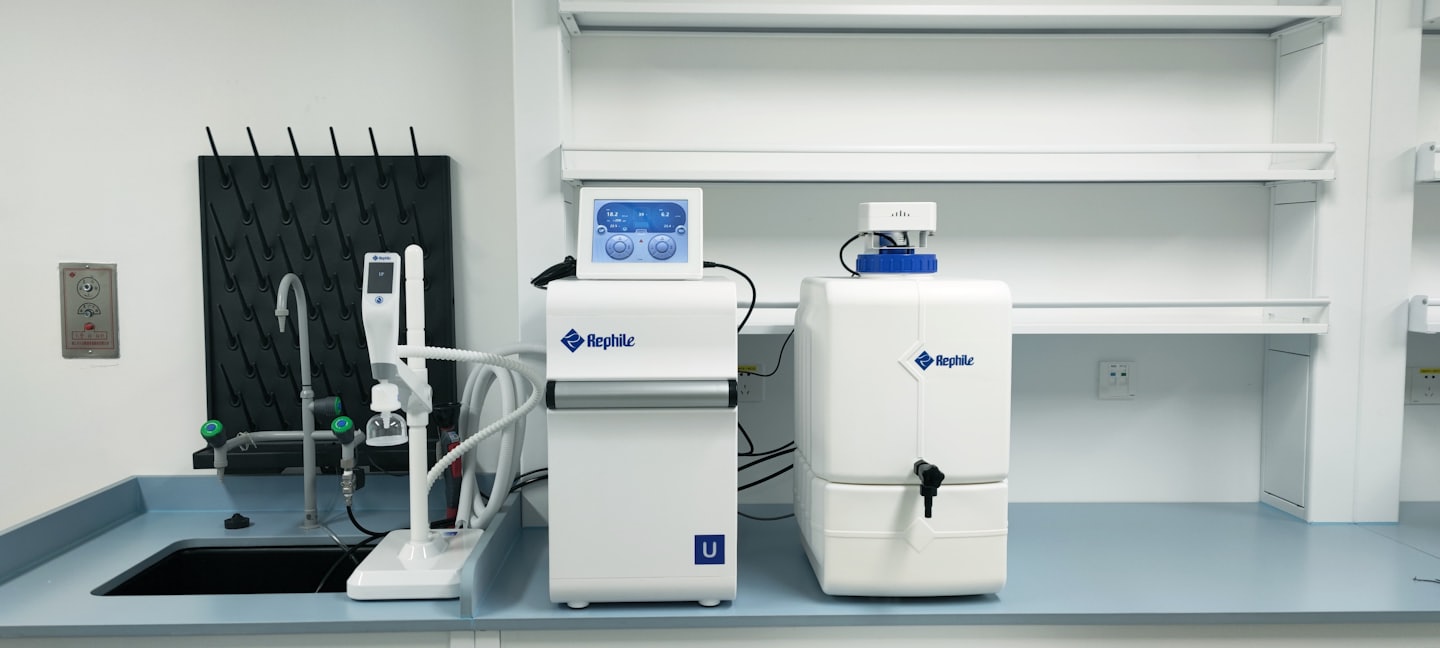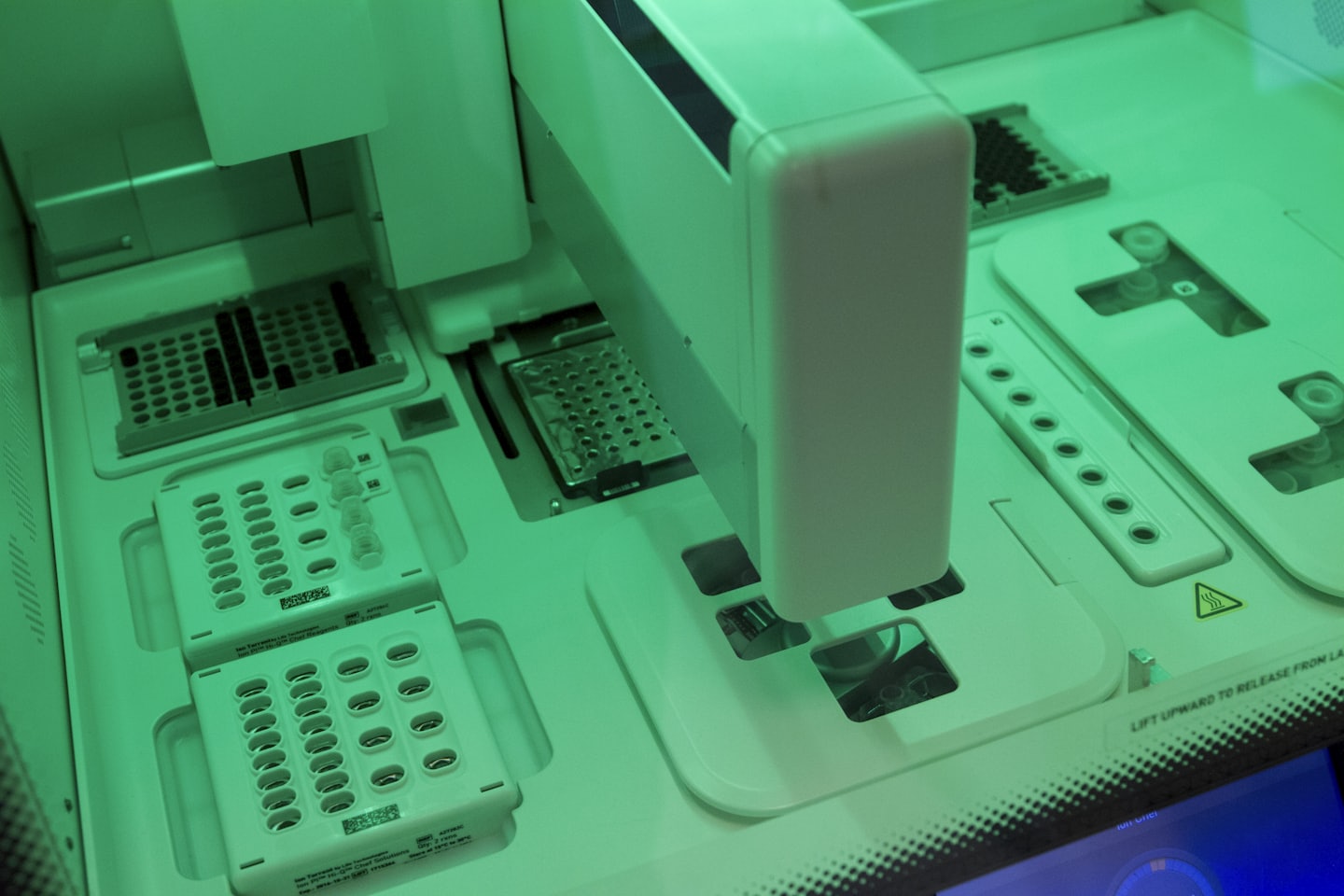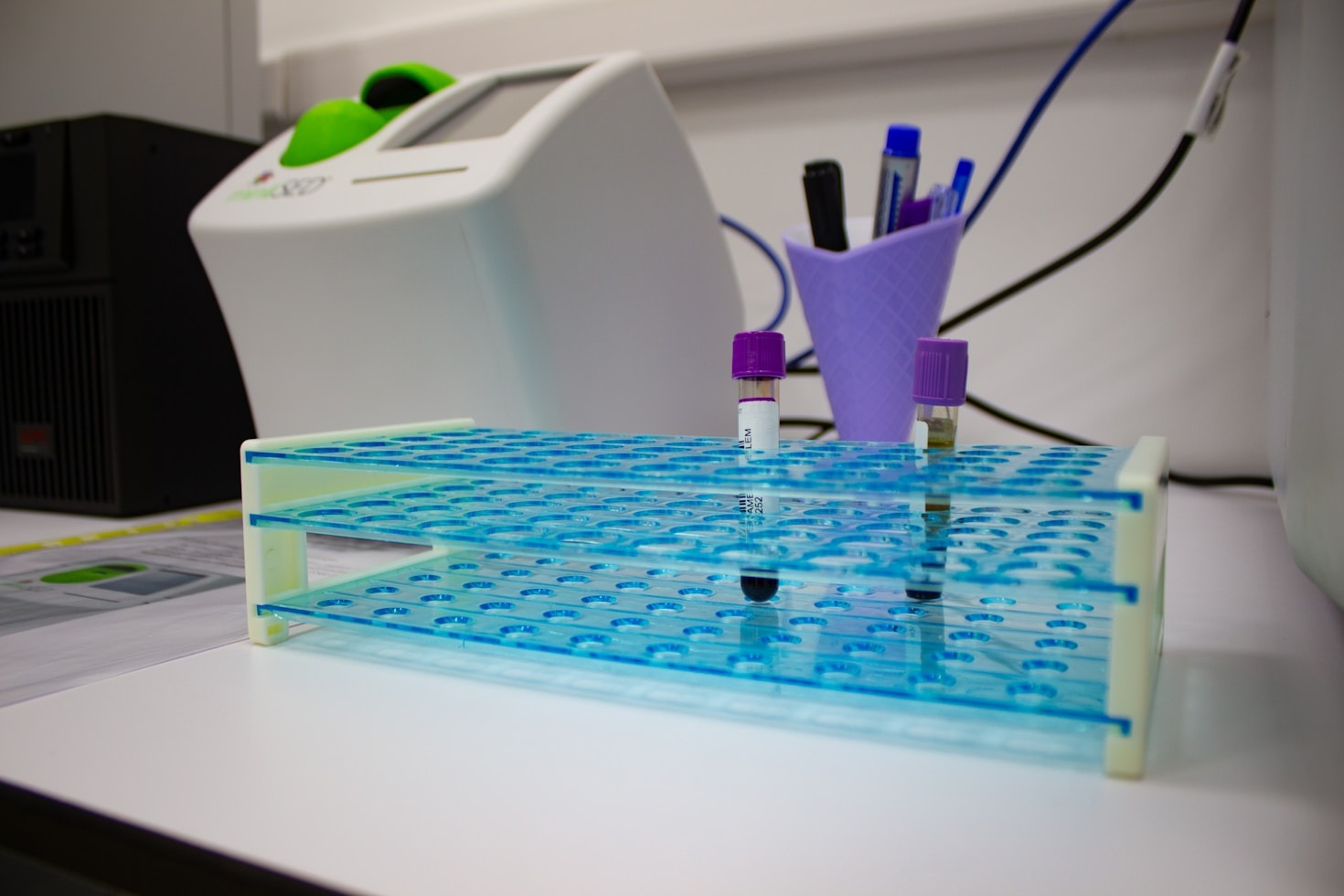Understanding the Basics of Regenerative Medicine
How Bioprinting, Stem Cells, and Innovation Are Redefining the Future of Healing
🧬 Introduction: From Repairing to Regenerating
For centuries, medicine has focused on repairing the human body — closing wounds, fixing fractures, replacing organs.
But a new branch of science is shifting that paradigm entirely: regenerative medicine — the art and science of helping the body heal itself.
Powered by breakthroughs in 3D bioprinting, stem cell biology, and tissue engineering, regenerative medicine is ushering in a new era where doctors no longer just treat symptoms — they restore structure and function at the cellular level.
It’s not just a medical discipline; it’s the blueprint for a future where aging, injury, and disease can be reversed through biology, technology, and innovation.
“Regenerative medicine represents the intersection of healing and creation — where medicine meets manufacturing.”
— Association of 3D Printing Mission Statement
🧫 What Is Regenerative Medicine?
At its core, regenerative medicine is the process of repairing, replacing, or regenerating human cells, tissues, or organs to restore normal function.
It draws from multiple scientific fields, including:
-
Stem cell biology
-
Molecular genetics
-
3D bioprinting and biomaterials
-
Nanotechnology
-
Bioinformatics and AI modeling
The ultimate goal is to harness the body’s natural regenerative capabilities — and where the body can’t repair itself, to guide or replicate those processes artificially.
🧠 The Three Pillars of Regenerative Medicine
1. Cell Therapy
Cell therapy involves transplanting healthy or engineered cells into damaged tissues to trigger regeneration.
The most common example is stem cell therapy, where stem cells (which can transform into any cell type) are used to rebuild injured or diseased tissue.
Applications include:
-
Replacing damaged heart muscle after cardiac arrest.
-
Healing spinal cord injuries.
-
Treating blood and immune disorders.
2. Tissue Engineering
This field combines cells with scaffolds and growth factors to create functional tissue structures.
In this process, 3D bioprinting plays a critical role — providing the precision to arrange living cells into specific patterns that mimic human organs.
-
Bioprinted skin grafts are used for burn victims.
-
Cartilage implants can restore joint movement.
-
Bone regeneration scaffolds enable customized orthopedic treatments.
3. Artificial and Bioartificial Organs
When natural healing isn’t possible, regenerative medicine aims to create bioengineered organs using a patient’s own cells — eliminating the risk of immune rejection.
In the near future, bioprinted hearts, kidneys, and lungs could end the global organ shortage crisis.
🧬 The Role of Bioprinting in Regeneration
Bioprinting has become the mechanical hand of regenerative medicine.
Using advanced bioinks (combinations of living cells, hydrogels, and growth factors), 3D printers can build living tissues layer by layer, guided by computer-aided design (CAD).
This technology bridges biology and engineering by:
-
Creating precise tissue geometries that mimic natural anatomy.
-
Allowing for personalized medical solutions, tailored to patient-specific scans.
-
Reducing the cost and time of producing organ and tissue models.
At 3D Printing Ventures, investment in next-generation bioprinting startups is fueling the development of custom organ models and regenerative implants — turning lab breakthroughs into real-world therapies.
“Every new bioprinted tissue brings us closer to a world without waiting lists or lost lives.”
— Rich Benvin, Founder, 3D Printing Ventures
🪙 Funding Regenerative Medicine: The $3DP Revolution
One of the biggest challenges in regenerative research is funding — it’s expensive, slow, and often limited by institutional barriers.
That’s where 3D Printing Coin ($3DP) comes in — introducing tokenized research and decentralized collaboration.
Through $3DP:
-
Researchers can access global micro-grants to fund experiments.
-
Innovators can tokenize intellectual property and earn rewards for verified discoveries.
-
Students and educators can join Learn-to-Earn programs, gaining literacy in bioprinting, blockchain, and biotech finance.
This decentralized model ensures that innovation is no longer locked in elite institutions — it becomes a global movement of collective intelligence.
“$3DP empowers scientists and students alike — creating a future where medical innovation is borderless and inclusive.”
— Bioprinting World Manifesto


🎓 Education and Awareness: The 3D Printing Channel
While regenerative medicine grows, public understanding often lags behind.
The 3D Printing Channel bridges this gap by transforming technical breakthroughs into accessible media for everyone.
Through video interviews, lab tours, and educational series, the Channel highlights:
-
The science behind stem cell printing and bioinks.
-
Real-world applications of bioprinted organs.
-
Conversations with thought leaders advancing regenerative health.
By demystifying biotech for students, policymakers, and investors, the 3D Printing Channel helps drive the democratization of knowledge — a vital step toward mass adoption.
🌍 The Association of 3D Printing: Setting Ethical and Educational Standards
As regenerative medicine moves from lab to clinic, ethical guidance and standardization are essential.
The Association of 3D Printing is leading this charge by uniting industry stakeholders to develop:
-
Certification programs for bioprinting and biofabrication professionals.
-
Safety and ethical frameworks for the use of human and animal cells.
-
Regulatory dialogues that align innovation with responsibility.
Their mission ensures that bioprinting and regenerative medicine evolve in harmony with human values, transparency, and sustainability.
🧩 Challenges in Regenerative Medicine
Despite its promise, regenerative medicine faces several major challenges:
| Category | Key Challenge | Potential Solution |
|---|---|---|
| Scientific | Scaling complex organs like the heart or kidney | AI-assisted simulation and bioreactor optimization |
| Ethical | Ownership of cells and genetic material | Blockchain-based IP registries (via $3DP) |
| Regulatory | Slow approval processes for living tissues | Global collaboration through Association of 3D Printing |
| Economic | High R&D and clinical costs | Decentralized funding and tokenized grants via 3D Printing Ventures |
| Educational | Lack of bioprinting literacy | Open-access content from 3D Printing Channel and Bioprinting World |
Each challenge presents an opportunity — not for limitation, but for co-creation between innovators, educators, and regulators.
💡 The Future of Regenerative Medicine
The next decade will see regenerative medicine evolve from experimental science to everyday healthcare.
We’ll see:
-
Bioprinted organ transplants within hospital networks.
-
AI-guided tissue engineering optimizing cell growth and vascularization.
-
Smart scaffolds embedded with biosensors for real-time monitoring.
-
Decentralized biotech funding powered by $3DP tokens.
-
Cross-disciplinary training programs offered through Association of 3D Printing and 3D Printing Channel partnerships.
This convergence will mark the birth of a new bioeconomy — where healing, learning, and creating merge into one continuous loop of innovation.
🚀 Conclusion: Healing at the Speed of Innovation
Regenerative medicine is more than a scientific breakthrough — it’s a philosophical one.
It challenges humanity’s assumptions about aging, disease, and mortality.
By combining bioprinting technology, blockchain transparency, and global collaboration, we’re witnessing the emergence of medicine that doesn’t just repair — it restores.
The synergy between the Association of 3D Printing, 3D Printing Ventures, 3D Printing Channel, and 3D Printing Coin ($3DP) is accelerating that transformation — linking knowledge, funding, and ethics into one unified ecosystem.
“The future of medicine won’t be manufactured — it will be regenerated.”
— Bioprinting World Manifesto


Leave a Reply